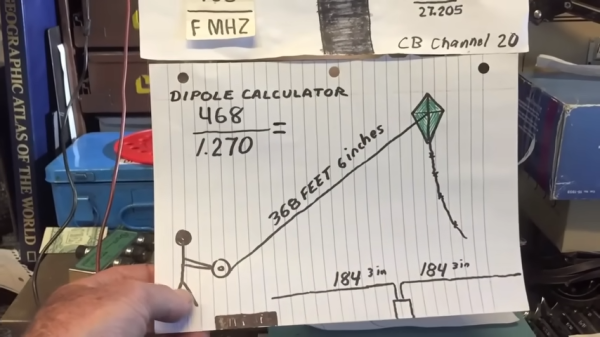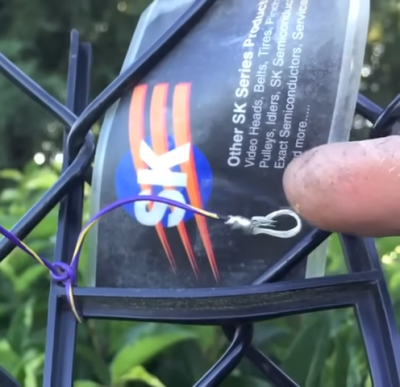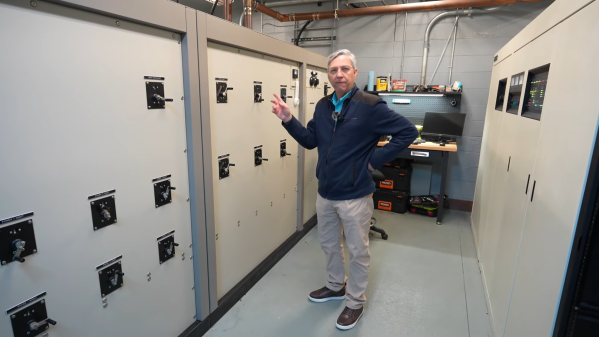The chances are that many of you will have made an FM “bug” style transmitter, a simple one-transistor oscillator usually driven by a small electret microphone. It’s also relatively straightforward to do the same for AM, and if you take a look through AliExpress you’ll find some modules which do just that. [Doz Television Workshop] has one, and he’s treated us to a thorough run-down of its design before addressing some of its shortcomings.
An AM transmitter is simple enough, in this case an oscillator and buffer driving a class C power amplifier. The modulation is applied by a transistor in series with the power amp, driven from an audio amplifier. Some attention has gone into the design of this one, with a proper output filter and plenty of room for tweaking to achieve proper levels and modulation density. There are some problems though — The modulator transistor is mounted upside down for the heatsink, and the frequency stability leaves something to be desired. [Doz] fixes the heatsink mounting and incorporates a DDS frequency synthesizer with an Arduino for control.
More after the break…
















